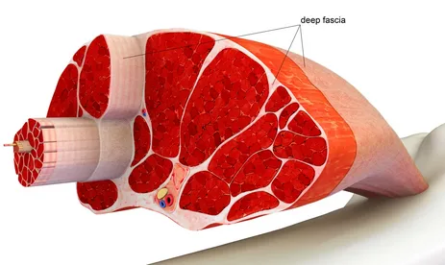Purdue University researchers have made significant progress in developing potential treatments for Alzheimer’s disease, Parkinson’s disease, and Type 2 diabetes. They have created multiple patent-pending compounds that have demonstrated the ability to inhibit protein aggregation associated with these diseases. These findings are particularly crucial, considering that as many as 95% of the approximately 38 million Americans with diabetes have type 2 diabetes, and around 5.8 million Americans were living with Alzheimer’s in 2020. The Parkinson’s Foundation reports that nearly 1 million Americans are currently living with Parkinson’s.
The team, led by Jessica Sonia Fortin, an assistant professor of basic medical sciences, physiology, and pharmacology in the College of Veterinary Medicine at Purdue University, is focused on developing new small-molecule compounds that can inhibit the aggregation of proteins through in vitro studies.
Both Alzheimer’s and Parkinson’s are common neurological diseases characterized by symptoms such as cognitive decline, movement disorders, and premature death. Type 2 diabetes, on the other hand, is an endocrinal disease that can lead to various health disorders affecting the circulatory, nervous, and immune systems.
The development of these diseases has a common trait: protein aggregation. In type 2 diabetes, the accumulation of a hormone called islet amyloid polypeptide (IAPP) in the pancreas is a significant factor. Alzheimer’s disease and Parkinson’s disease are associated with the buildup of clumps in specific regions of the brain caused by proteins called tau and alpha-synuclein, respectively.
Fortin and her team are targeting IAPP, tau, and alpha-synuclein to treat the underlying causes of these diseases, rather than just alleviating symptoms. They aim to develop small-molecule therapeutics that not only prevent the aggregation of these proteins but also disaggregate the existing clumps. This approach allows the body to eliminate these harmful byproducts, preventing their redistribution in the brain and reducing the risk of intracranial hemorrhage.
The Purdue researchers have synthesized a library of small-molecule compounds with similar chemical structures for the treatment of Alzheimer’s and Parkinson’s. They have identified two compounds that significantly inhibit the formation of oligomers, which are polymers with relatively few repeating units. These compounds have also been shown to cross the blood-brain barrier and reach the brain in rodent models. The team is seeking funding to better understand the precise mechanisms of action of these compounds.
Fortin and her colleagues have also developed three compounds that inhibit the formation of IAPP in the pancreas, which is common in type 2 diabetes. These compounds have shown promising results in reducing the aggregation of IAPP and inhibiting the formation of oligomers.
The next steps for the research team include conducting additional proof-of-concept studies to optimize the effect of the compounds. They will also study the compounds’ pharmacokinetics and pharmacodynamics to better understand how they move within the body and their effects.
Overall, these findings provide hope for the development of new treatment options for Alzheimer’s disease, Parkinson’s disease, and Type 2 diabetes. The compounds developed by the Purdue researchers could potentially be adapted for other neurodegenerative diseases as well. Further research and funding are needed to advance these potential therapies and improve the lives of millions of people affected by these diseases.



